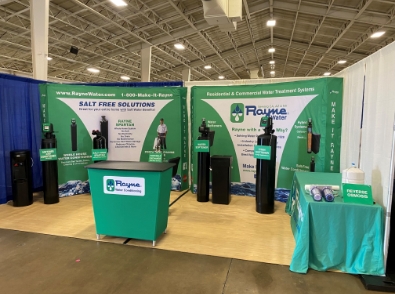It can seem like rocket science to get your kid to drink more water, but a recent article from the Las Vegas Review Journal has an idea that is anything but rocket science. They state that if you want kids to drink more water, a water cooler is the way to go. Whether it be a daycare, preschool or school center, each place must ensure that they are providing adequate hydration for children, but how can we get them to actually drink it? Well at Mountain Heights Montessori School in the central Las Vegas Valley, the staff has a simple but proven tool: a water cooler. This is a great idea for schools and daycare centers here in Irvine, too. The hot weather plus the activities of children call for hydration as part of their daily routine for certain. Finding ways to provide them with safe drinking water may not be as hard as it seems.
According to the article, like any and all day care centers and preschools in Nevada, Mountain Heights has fountains that must comply with a state regulation that says drinking water “must be freely available to all children at all times.” But they have also brought in a water cooler, is the water source of choice, especially during the summer when the fountain needs to run for a while to push out the hot water that never runs nearly as cool as the cooler. It is also safer in some cases than the water that could be flowing from the water fountain. Finding a water cooler with reverse osmosis water filtration technology is the best option you can give to the kids.
The kids also seemed to enjoy using the water cooler. The staff was able to promote good drinking habits into their routine just as New York school officials learned after they quietly introduced electronic drinking water dispensers near lunch lines, according to researchers from New York University and the city’s Health Department. Kids drank water nearly three times more because the dispensers made the water easier to get, the researchers reported in December in the American Journal of Public Health. Hydrated children tend to perform better in school and they are healthier overall – a win-win.
Our residential water coolers and commercial water coolers are available for homes, offices or academic and learning centers and schools. Using the same water filtration technology as water filters, the water from our coolers is safe and clean, and of course great-tasting. It is a positive way to encourage more water throughout the day for younger and older children and to introduce some sort of interesting way to get water which children can sometimes find to be boring. Children’s’ health and well-being is the most important thing anyone can focus on in a learning environment. If this will get them to drink more water, isn’t it worth giving us a call, too?


